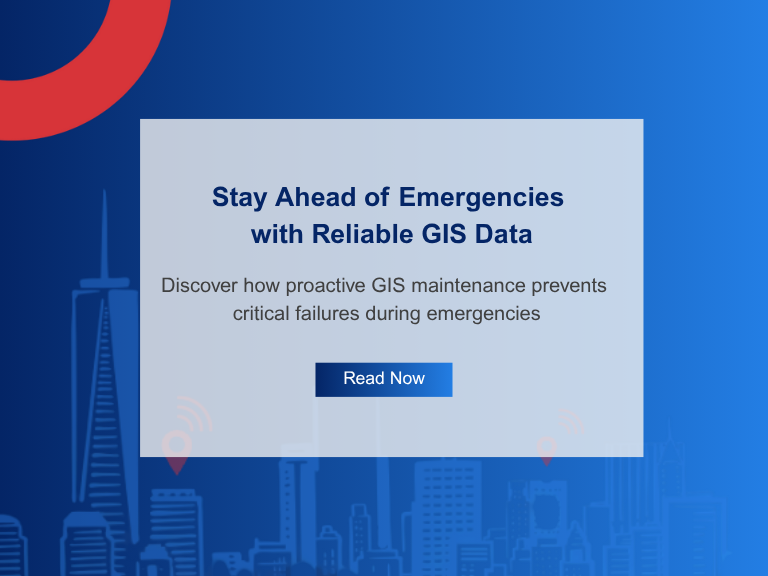GIS Resources
GeoComm Featured on KTLA 5 News: Advancing the Future of 9-1-1 Response
GeoComm was recently spotlighted by KTLA 5 News in a segment highlighting the innovative technologies shaping the future of 9-1-1 and emergency response. The story showcases how GeoComm’s indoor mapping solutions are transforming emergency response by providing first responders with fast, accurate, and actionable location information. At the 2:08 mark, GeoComm’s Vice President of Sales…
Don’t Wait for Data to Break: Manage Your GIS Data Proactively
Benjamin Franklin once observed, “Failing to plan is planning to fail.” While the origin of this quote is debated, its relevance remains indisputable—especially in the world of public safety. When it comes to 9-1-1 GIS data management, the message is clear: waiting for problems to appear before addressing them can have serious, even life-threatening, consequences. …
School Emergency Preparedness: Hidden Gaps That Delay Effective Response
When we think of school emergency preparedness, the focus is often on the visible: drills, locked doors, communication protocols, and security personnel. But behind these measures are hidden gaps—vulnerabilities that only surface during a critical incident exposes them. These oversights can mean the difference between a coordinated response and a chaotic scramble. Why School Emergency…






